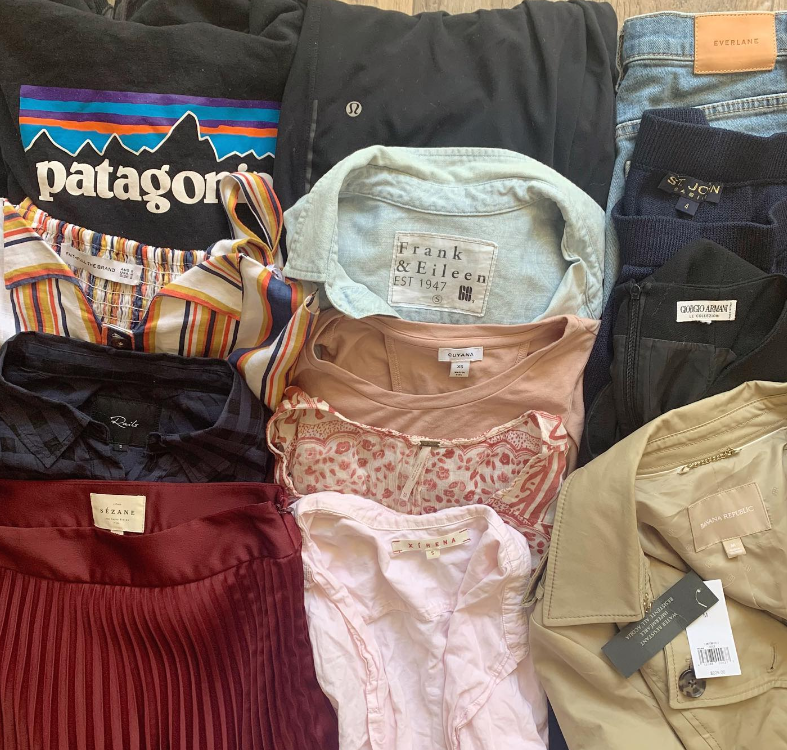Thrifting: The future of fashion?
Clothes from the past are the future of fashion.
September 22, 2022
Out with the new and in with the old. In fashion, the past is making a comeback, and people have ‘thrifting’ to thank for this.
The verb thrifting refers to the act of shopping for used clothing or second-hand items from thrift stores. The trend of thrifting has become increasingly popular in recent years, but thrift shops themselves have been around for quite some time, and the idea of repurposing clothing has been around for even longer.
Thrift stores have existed since the late 19th century. The Industrial Revolution allowed for the mass production of affordable clothing, making it easier for people to purchase better looking garments. Before the Industrial Revolution, clothing was not to be disposed of until it was entirely unwearable, but the mass production of textiles allowed people to throw away clothing at rapid rates. This same pattern was seen in the production of furniture— the more furniture was produced, the more it was thrown away. As a result, stores selling thrown out clothing and furniture began popping up all over.
At first, these “resale stores” appealed to immigrants in the late 1800s, while others were distressed by the idea of wearing previously owned clothing. Wearing old or used clothing was a sign of poverty and many people did not want to be seen as poor. People referred to resale stores as “junk stores.”
Despite the stigma surrounding these shops, resale stores and pawn shops were still good business. Christian ministries began using these shops to fund their missions; this is how the Salvation Army and Goodwill were established. By the turn of the 20th century, these resale shops became known as thrift shops, and there were hundreds of them across America. Thrift shops became a resource for many during the Great Depression and have remained as such ever since.
Many fashion bloggers refer to thrifting as the future of fashion. As the late 1990s and early 2000s make a comeback, thrift shops are becoming all the rage. Fashionistas find there is no better way to match the aesthetic of a decade than shopping for pieces made in those years. Thrift shops provide customers with affordable and collectable textiles from the past.
In addition to improving people’s wardrobes and pockets, thrifting has also helped the environment. According to Planet Aid, “the average American throws out about 83 pounds of textile waste a year” and “clothing can take up to 40 years to decompose.” Clothing is constantly being thrown away and this “garbage” typically ends up in a landfill or our oceans. Planet Aid also states that “it takes 700 gallons of water to make a cotton t-shirt”—more water is wasted as people unnecessarily throw away clothing. Recycling garments will slow the demand for newer clothing, which in turn will save gallons of water that would have otherwise been wasted.
Regardless of the many benefits, people find themselves shopping at thrift stores mainly because of the internet and fashion trends. Thrifting has become so mainstream that there are clothing apps, like threadUP and Poshmark, that sell previously owned clothing. These apps offer the same things as thrift shops just with more expenses, like the cost of shipping.
If you are looking for affordable clothing that is fashionable and good for the planet, there is a Salvation Army a couple of blocks away from Iona University. Go inside and look around, you are bound to find a piece that you love.
Sources
History of Thrift Stores | Time
8 Little Known Facts About Our Clothing Habits – Planet Aid, Inc.









